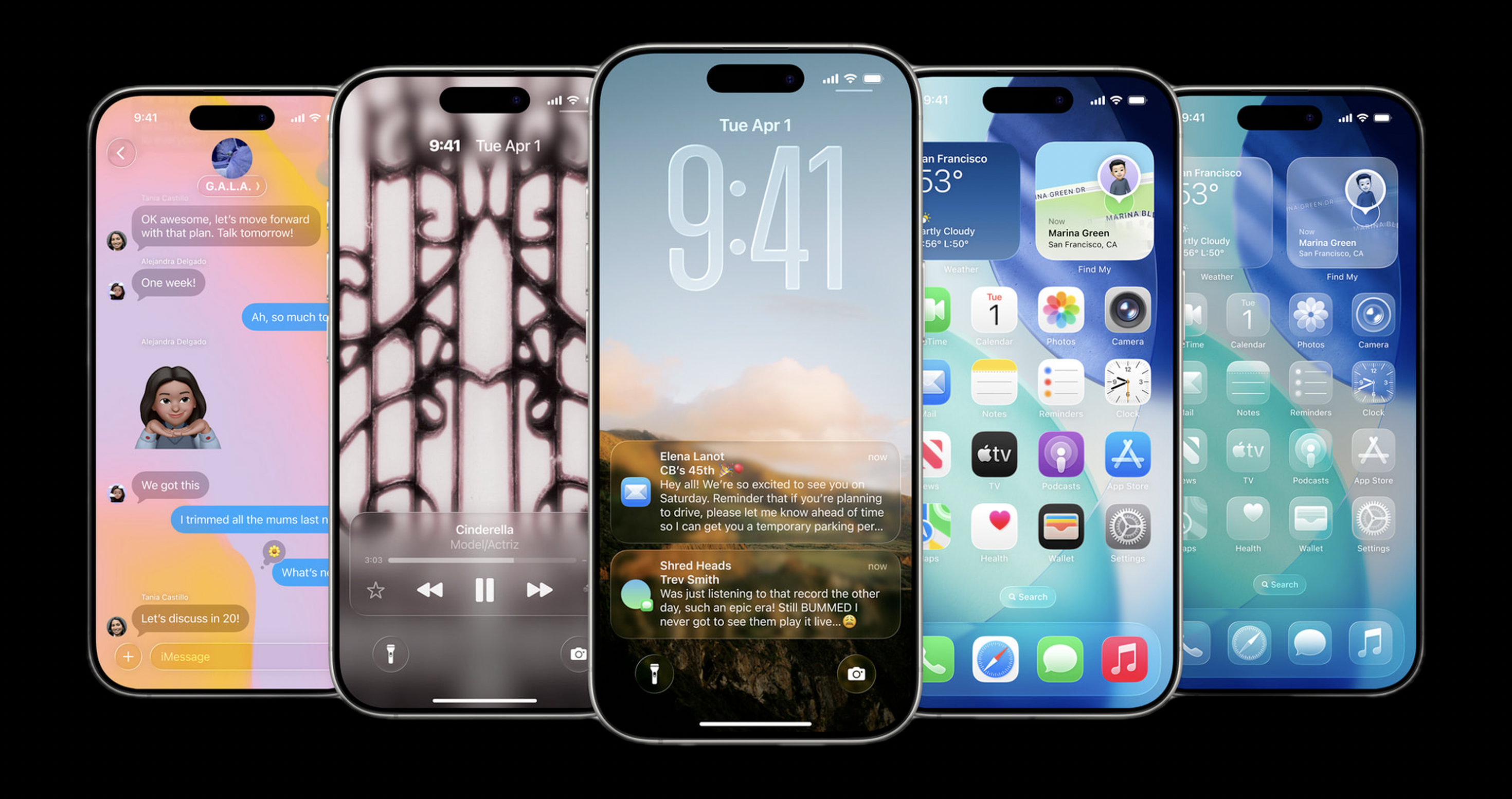There’s often a temptation in event promotion to reach as many people as possible to secure ticket sales. But imagine trying to be friends with everyone at a party. It’s just not possible, and you end up with superficial connections.
That’s where segmentation comes in. It's about customizing your approach based on what each subscriber likes. You wouldn't offer steak to a vegetarian, right? So why bother jazz lovers with emails or texts about rock concerts?
Segmentation helps you split your subscribers into different groups. This way, you can send them things they actually like. And by customizing your content, your fans will be more likely to engage with it. Splitting your audience into groups can also improve your marketing results and revenue.
Ready to dive in? Let's explore what segmentation is, its benefits, and how you can start using it to promote your events.
What is list segmentation?
Segmentation means sorting subscribers into groups based on things they have in common, like age or past behavior. This helps you understand your audience better so you can adjust your marketing and communications to fit each group's preferences.
By dividing subscribers this way, you can improve fan satisfaction and make sure people feel more engaged. For example, you could use past attendance records or ticket-buying habits to send out messages at just the right time, making fans feel more connected to the event.
In a nutshell, segmentation lets event promoters fine-tune their offerings to match what different groups want, making the whole experience more enjoyable and memorable for everyone involved.
Benefits of list segmentation
When segmentation strategies are used tactfully, they can help you engage your audience more successfully, drive ticket sales, and build stronger relationships with fans, ultimately leading to greater success for events. A more detailed look at list segmentation benefits include:
1. Improved campaign results
Segmenting lists allows you to divide your subscribers into smaller, more focused groups. This tailored approach means your marketing campaigns can deliver personalized messages that really connect with each group. This often leads to higher engagement rates, more opens and clicks, and ultimately, better campaign results with more ticket sales.
2. More customized incentives
You can better connect with your subscribers by dividing them into groups based on factors like past attendance, purchase behavior, or interests. This lets you customize incentives and offers to fit each group's preferences and motivations. For instance, you might give loyal fans who've been to many events special discounts or early access to tickets to thank them for their ongoing support. Meanwhile, for new or inactive attendees, you could offer things like exclusive promotions or unique experiences to encourage them to come back and get involved with the brand again.
3. Enhanced fan experiences
By segmenting your subscribers and sending personalized communications, you can make the fan experience even better. Fans love getting relevant and timely info about events they're interested in, which creates a more positive impression of your brand. Plus, targeted communications can offer subscribers exclusive deals, discounts, or perks tailored to their tastes, making their experience even more special and fostering loyalty to your events.
4. Improved email delivery rates
Segmenting your lists can help improve how often your emails actually reach people's inboxes. When you send targeted and relevant content to segmented lists, it's less likely that your emails will be flagged as spam or ignored by recipients. This means more of your messages end up where they're supposed to – in people's inboxes. As a result, your marketing efforts have a better chance of making an impact and driving ticket sales.
5. Increased return on investment
List segmentation helps maximize the impact of marketing efforts and optimize resource use, leading to a better return on investment. By targeting communications to specific audience segments, marketers can use their resources more efficiently, focusing on groups with the highest potential for conversion. This often leads to more ticket sales, higher conversion rates, and ultimately, a greater ROI for live events.
Types of segmentation strategies
It's worth noting that subscribers can belong to multiple segments at once, as their characteristics and preferences may overlap. But by using multiple segmentation criteria, you can create targeted marketing strategies that appeal to the diverse interests of your audience. Here are a few ways you can segment your list:
Demographics
You can divide your subscribers based on factors like age, gender, location, or birthday. This helps tailor messages and offers to different demographic groups who might have different interests.
Interests and preferences
You can group people based on areas they’ve expressed interest in such as genres, artists, or specific presales. This type of information is typically self-selected by subscribers through form fills but they may not have the purchase history to back it up. However, this form of segmentation allows you to promote relevant events to each interest group.
Browsing history
Segmentation based on browsing history means looking at how subscribers interact online with your website or ticketing platform. You can track things like which events subscribers looked at, tickets they added to their cart but didn’t purchase, or pages they visited. By understanding their online behavior, you can recover potentially lost sales and boost overall conversion rates by addressing specific interests and intent to buy, based on what subscribers do online.
Purchase history
You can segment subscribers based on their purchase history, such as the venue for tickets purchased, average cost of purchase, or at which stage in the show cycle they typically buy tickets. This helps identify valuable customers, offer personalized rewards, and keep people coming back for more events.
Engagement
Segmentation by engagement involves categorizing attendees by how much they interact with event communications and activities. This includes metrics like email open rates, social media interactions, or participation in contests. By segmenting attendees based on engagement, you can tailor their communication strategies to re-engage inactive subscribers or reward highly engaged fans.
Lifecycle
Segmenting by lifecycle means grouping subscribers based on where they are in their journey with your brand. This could include new subscribers, VIP fans, or those at risk of leaving. By understanding subscribers’ lifecycle stages, you can nurture relationships, encourage loyalty, and prevent people from drifting away.
Optimizing content and email delivery
Content considerations
Sending out the same message to everyone isn't always the best approach because different subscribers have different needs or motivations. For example, if you've split your list up by past purchase history, you might want to speak differently to loyal fans compared to those who only buy once in a while.
That's why it's important to tailor your messages and offers for each segment. This way, you can send out marketing communications that are relevant, personal, and effective for each group. By doing this, you can make sure your messages resonate with your audience's interests and needs.
And when your messages feel more relevant and personal, you're more likely to get people engaged, make more sales, and build stronger connections with your fans. Ultimately, this leads to more success for your brand.
Timing considerations
Timing plays a crucial role in email and SMS marketing, and it can significantly influence how well your campaigns perform. Segmenting your subscribers based on time zones and finding the optimal send times can be a smart strategy, especially if you're targeting people across different regions.
With that in mind, you've got to experiment to find what works best for your subscribers. Test different send times and closely monitor metrics like open rates, click-through rates, and response times. By analyzing these metrics, you can identify patterns and refine your timing strategy to maximize the success of your campaigns.
Wrap up
List segmentation is a must-have strategy for event promotion. By understanding your subscribers and tailoring your messages to suit their needs, you’ll likely see better campaign results and happier fans. Whether you're dividing your lists by demographics, interests, or engagement levels, segmentation helps you send the right stuff to the right people at the right time. So, as you dive into the art of segmentation, remember to keep your audience in mind, and get ready to see your event promotion efforts reach new heights.

.png)


